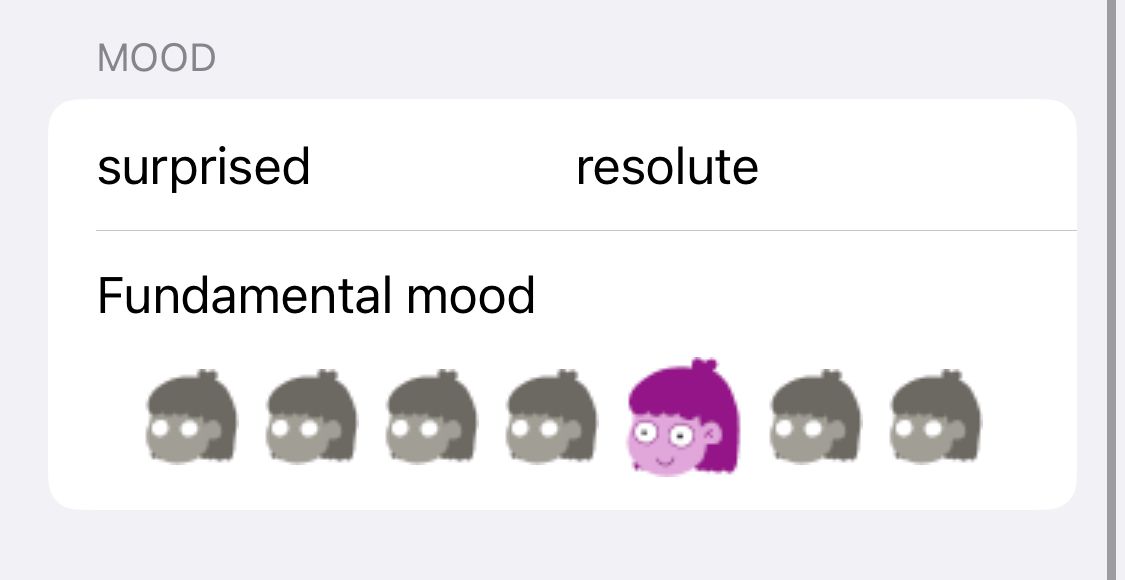Mood curve
Enhancing Text with Emotional Dynamics
A well-crafted text often thrives on a change of mood. Without fluctuations in mood, a text can appear monotonous and lack engagement. In StoryIt, the mood of each scene is recorded, ranging from 'elation' to 'neutral' to the deepest 'gloom'. To set the mood, small images are selected during scene editing.
Understanding the Mood Curve
The mood curve visualizes the emotional progression over time – the highs and lows – in your story. It's a graphical representation of the mood swings from scene to scene.
Why is a Mood Curve Important?
- Enhancing Impact: For instance, to highlight a tragic scene, place it after a particularly happy scene. The greater the contrast, the more profound the impact on the reader.
- Creating a Dynamic Narrative: A mood curve with frequent swings often indicates a lively and engaging text. A story that capitalizes on the emotional ups and downs keeps the reader invested.
- Avoiding Monotony: Be wary of a mood that remains constant or similar across several scenes. This can lead to a narrative that feels stale and uninteresting to the reader.


Capture the mood of a scene by selecting an emoji - from extremely bad (left) to neutral (middle) to wonderful (right)
